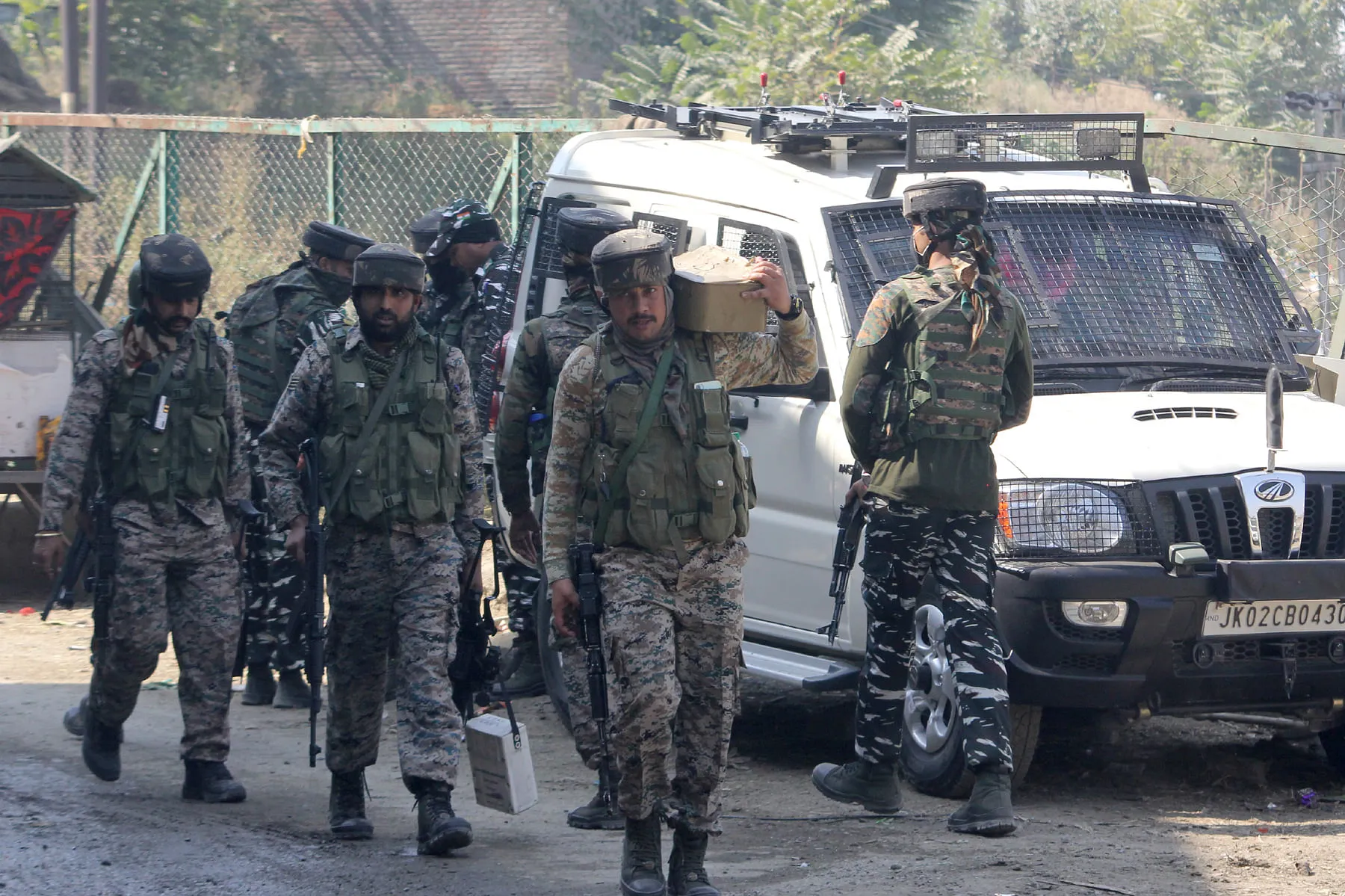The security forces in Jammu and Kashmir have strengthened the bullet-proofing shield of their vehicles and bunkers after steel bullets which can pierce through normal protective shields were recovered recently from militants during a gunfight in south Kashmir.
A few days back, local commander of the Jaish-e-Muhammad outfit, Vilayat Hussain Lone alias Sajjad Afghani, was killed in a gunfight at Shopian. The Army had recovered 36 rounds of armed steel-core bullets.
The recoveries raised alarm bells within the security establishment as these bullets can harm personnel even wearing a regular protective shield.
Officials said that now the vehicles, especially deployed in south Kashmir, and personnel moving for anti-militancy operations are equipped with shields which have an extra layer of protection for blunting such penetrative bullets.
The ammunition normally used in the AK series rifles was being modified with the help of Chinese technology of encasing bullets with hard steel core, the officials said.
The bullet, termed Armour Piercing (AP), is built of hardened steel or tungsten carbide, they said.
The first incident of use of “steel core” bullet was noticed on the New Year eve of 2017 when JeM militants carried out a suicide attack on a CRPF camp in Lethpora in south Kashmir.
Five paramilitary personnel were killed in the attack and one of them was hit by a bullet fatally despite using a static bullet-proof shield provided by the Army.
Normally, the bullets militants use in their assault rifles have a lead core covered with mild steel which cannot penetrate a bullet-proof shield, but after the December 31, 2017 gunfight and a detailed analysis, forces had to change the way they protected themselves, the officials said.
They said that the militants, mainly from Jaish group, were armed with the best possible arsenal including M-4 carbines and bullets with steel core, with the capability to pierce a static bullet proof bunker used during counter-militancy operations.
After the December 31, 2017 attack, the then Additional Director General of CRPF for Jammu and Kashmir S N Shrivastava, who now heads the Delhi Police, had conducted a thorough inquiry which revealed that the bullet fired by the militants from the assault AK rifle was of steel core with the capability of piercing through the static bunkers used by security personnel during gunfights with the militants.
An analysis of previous suicide attacks was also carried out during which ballistic experts opined that “steel core” bullets had previously been used by militants during an attack on district police lines of Pulwama in south Kashmir in August 2016.
Eight security personnel had lost their lives in the militant strike.
It was last used by militants during a suicide attack at Anantnag in June 2019 where five CRPF personnel and a Jammu and Kashmir Police inspector were killed. Post-incident analysis showed that the militants had used the same steel bullet, the officials said.






